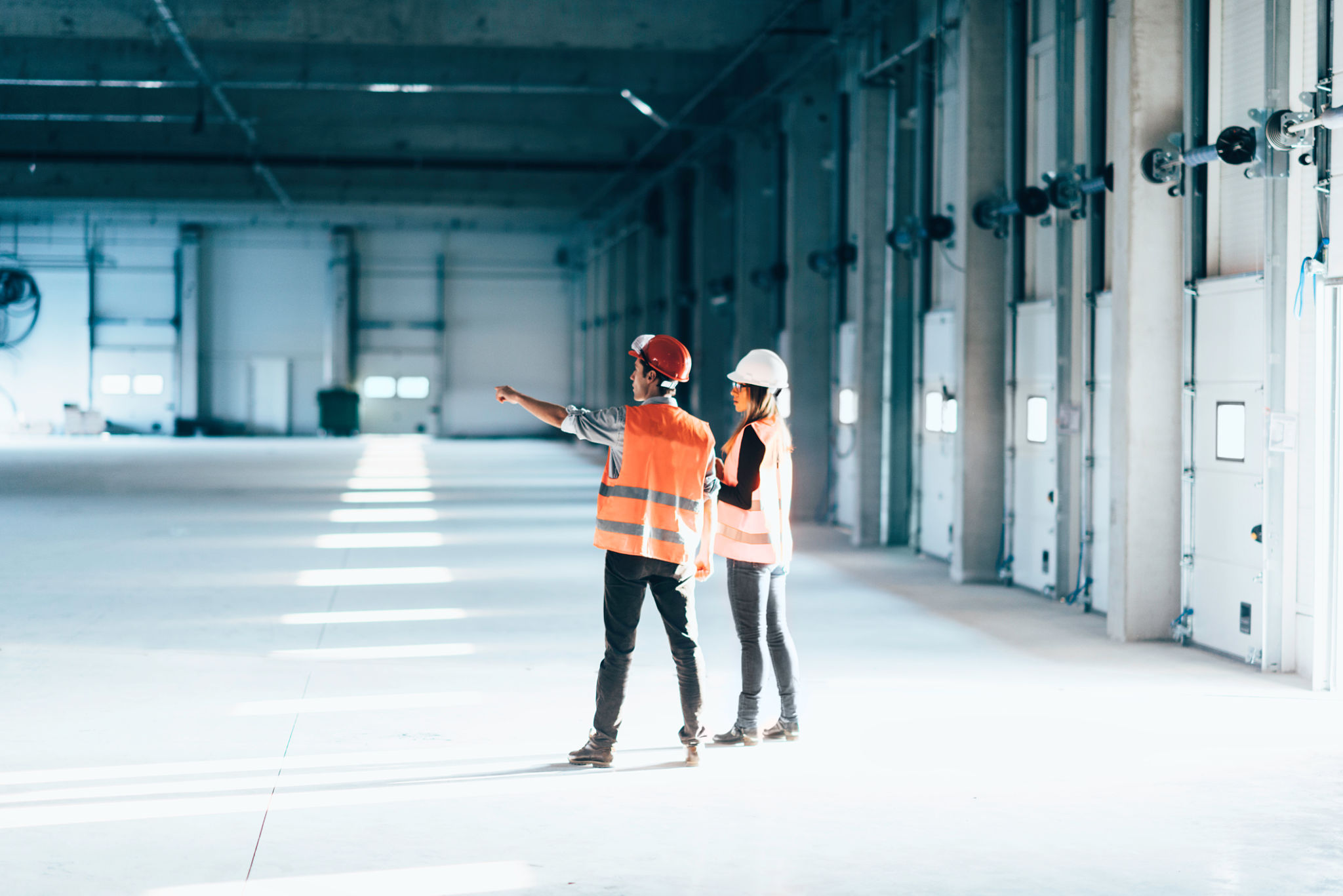Comprehensive Guide to Commercial Building Preservation: Best Practices and Tips
Preserving commercial buildings is a crucial aspect of maintaining the cultural and historical fabric of a city. These structures often hold architectural significance and are integral to the community's identity. However, the task of preserving commercial buildings presents unique challenges due to their scale, usage demands, and historical value. In this guide, we explore best practices and tips to ensure these architectural gems are preserved for future generations.

Understanding the Importance of Building Preservation
Commercial building preservation is more than just maintaining the physical structure; it's about preserving history, culture, and community spirit. These buildings often represent significant economic and social history, reflecting the community's evolution over time. By preserving them, we maintain a tangible connection to our past while providing functional spaces for current and future use.
Preservation efforts also contribute to environmental sustainability. Repurposing existing structures can significantly reduce the carbon footprint compared to demolishing and rebuilding. Moreover, these buildings often feature superior materials and craftsmanship that are difficult to replicate today.
Assessment and Planning
The first step in any preservation project is a thorough assessment of the building's current condition. This involves evaluating the structural integrity, identifying areas of historical significance, and understanding the building's original materials and construction techniques. Engaging with preservation specialists can provide valuable insights into the building's history and condition.

Once the assessment is complete, it's crucial to develop a detailed preservation plan. This plan should outline the goals, scope of work, budget, and timeline for the project. It should also consider the building's ongoing use and how preservation efforts can accommodate modern needs without compromising historical integrity.
Implementing Best Practices
Successful commercial building preservation requires a strategic approach that combines modern technology with traditional craftsmanship. Here are some best practices to consider:
- Documentation: Thoroughly document all findings from the assessment phase, including photographs, sketches, and written reports.
- Material Conservation: Whenever possible, use original materials or closely matching substitutes to maintain authenticity.
- Structural Stability: Address any structural issues promptly to prevent further deterioration.

In addition, it's important to comply with local preservation guidelines and seek necessary permits before beginning any work. Engaging with local historical societies or preservation boards can provide additional support and resources.
Balancing Preservation with Modern Needs
One of the main challenges in commercial building preservation is balancing historical integrity with modern functionality. This often involves updating systems such as HVAC, plumbing, and electrical while preserving historical elements. Modern technology can offer solutions that minimize intrusion into the original structure while enhancing comfort and efficiency.
Adaptive reuse is another strategy that allows these buildings to serve contemporary purposes while maintaining their historical character. For instance, transforming an old factory into office space or a retail center can breathe new life into a structure while preserving its unique features.
Maintenance and Long-Term Care
Preservation doesn't end once initial restoration work is completed. Ongoing maintenance is essential to ensure the longevity of the building. This includes regular inspections, timely repairs, and preventive measures to protect against environmental factors such as weather and pollution.
A well-maintained commercial building not only preserves cultural heritage but also enhances property value and community appeal. By investing in regular upkeep, owners can ensure these iconic structures continue to serve as functional spaces and historical landmarks.
